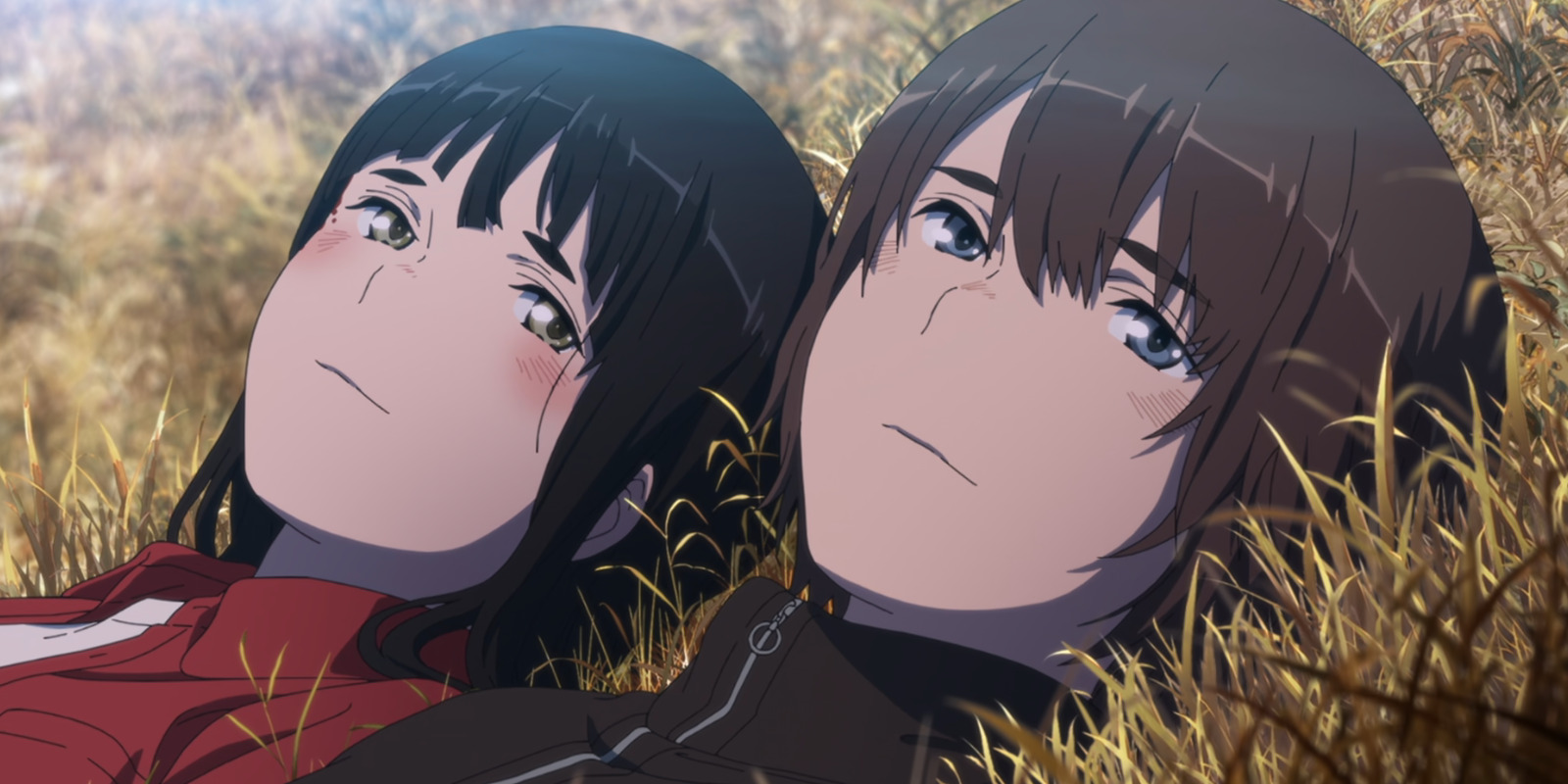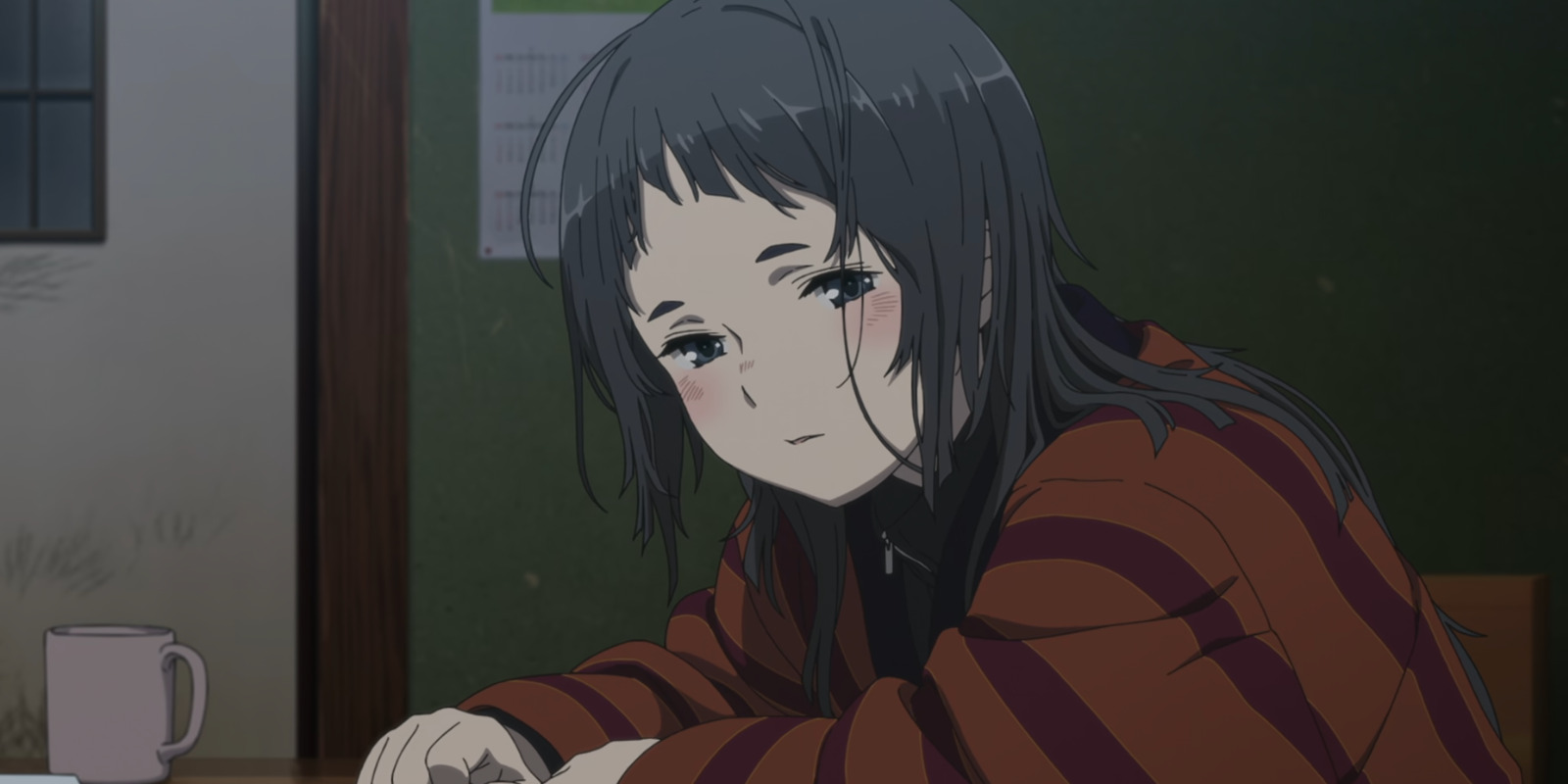In ‘Maboroshi,’ Netflix’s romance fantasy Japanese anime, the narrative takes the viewers on an adventure through a town that remains frozen in time, Mifuse. The story begins with an explosion at a Steel Factory that results in cracks across the sky, rendering the entire town unable to age or change. Yet, things take a turn when two students, Masamune Kikuiri and Mutsumi Sagami, start to uncover various mysteries surrounding their world after the discovery of a strange young girl, Itsumi, confined to the Factory. Thus, as the truth about Itsumi and her past unravels, so does the Mifuse and its dreadful reality.
The film focuses on the tumultuous love story that unfolds between Masamune and Mutsumi despite the odds moving in their favor. The most prominent hurdle the couple faces remains their existence in Mifuse, a town condemned to an eternal winter. As such, despite the story’s fantastical premise, viewers might wonder if perhaps the town has any basis in real life.
Mifuse Is As Fictional As The Film’s Premise
No, Mifuse, the city from ‘Maboroshi,’ is not based on an actual town. Mifuse plays an instrumental role within the film’s storyline as the backdrop for the time freeze that condemns the characters and their lives into a suspended reality. As such, the town becomes a literal ghost town, forever affected by a factory explosion. Therefore, given its pivotal role in the plot, Mifuse remains a fictional detail like the overall storyline.

Nevertheless, within the confines of the film’s fictionality, Mifuse occupies a significant thematic resonance. Although Masamune and Mutsumi’s stories progress in drastically unnatural ways due to their circumstances, their narratives somehow manage to be relatable in a multitude of ways, including their claustrophobia within Mifuse. Teen media often employs the cliched but evergreen trope of protagonists yearning to escape from their small towns.
Even though Masamune’s situation is more extreme than most, considering he’s physically forbidden from leaving his hometown, his yearning to get out of Mifuse and see the world may strike an emotionally relatable chord with the viewers. Moreover, the town’s inability to change further accentuates its “small-town claustrophobia.” This particular trait helps Mifuse become the perfect hostile background for Masamune’s story.
Since a bulk of Masamune’s personal conflict emerges from his perpetual state as a 14-year-old who’s incapable of change, the feelings of being trapped in his hometown add a quintessential teenage experience to his character. Despite Masamune sharing a more complex relationship with his town, his contentious relationship with Mifuse helps mold his character into a relatable teenager with authentic experiences reflective of reality.
Furthermore, Mifuse’s other significant thematic contribution to the plot emerges from its scenic disposition. While there’s seldom anything special about the Mifuse’s mundane countryside and city roads, the art style bestows a unique beauty to every scene. As such, despite the unfavorable stories unfolding in Mifuse, the town itself makes for a spectacular vision.
As a result, it subliminally highlights the film’s overall message of finding beauty and hope even in the bleakest of circumstances. Therefore, Mifuse’s role in the film continues to be significant. However, just as ‘Maboroshi’ is a work of fiction, so is Mifuse, with no basis in any real-life town.


